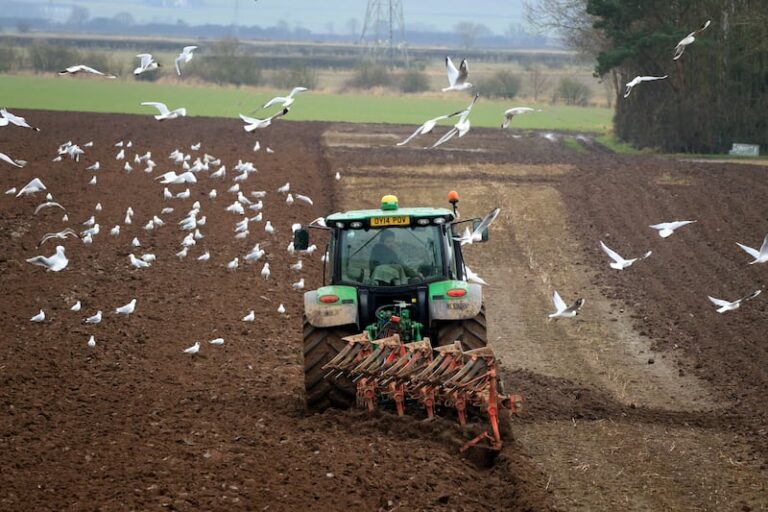Farm Insurance Challenges in 2025
Farming remains a vital industry in the north, both economically and culturally. In 2023, around 52,700 people were employed in the agricultural sector, highlighting its importance to regional life. However, many farmers still face challenges in protecting their assets, including livestock, machinery, buildings, and diversified ventures.
Farm insurance is not a one-size-fits-all solution. Typically, two core policies are involved: a farm combined policy and a multi-vehicle policy. The farm combined policy covers multiple aspects of a working farm, including buildings, contents, livestock, and various liabilities. Farmers may also include cover for their dwelling house or high-value items.

A multi-vehicle policy allows farmers to consolidate insurance for all agricultural and private vehicles, offering the benefit of a single renewal date, premium, and policy to manage. These policies often provide flexible driving arrangements, but farmers must ensure all drivers have valid licenses and declare any penalty points or convictions.
Under-insurance is a significant risk, particularly with vehicles and livestock. Farmers must regularly update their values to avoid reduced claim payouts. As farms diversify into areas like holiday lets and food production, their insurance needs may change, potentially requiring separate policies.

Technology is reshaping farm insurance. Tools like GPS machinery, computerized feeding systems, and CCTV cameras can reduce risk and potentially lower premiums. Data-tagging high-value equipment is also proving effective in deterring theft.
As 2025 unfolds, farmers are advised to review their insurance policies, especially if they’ve built new infrastructure or haven’t updated their values recently. Richard Henderson, head of agriculture at AbbeyAutoline, emphasizes the importance of staying protected.


